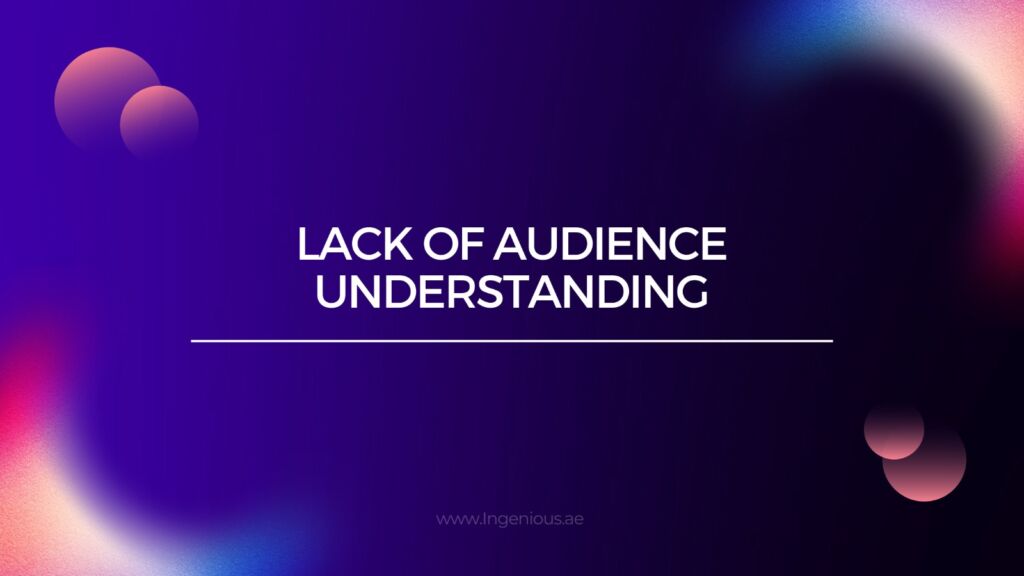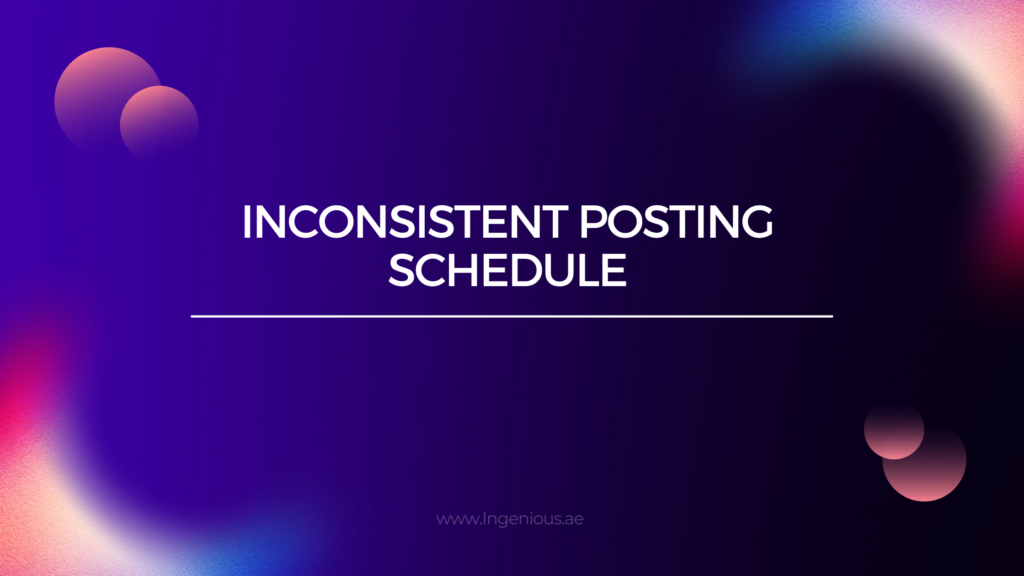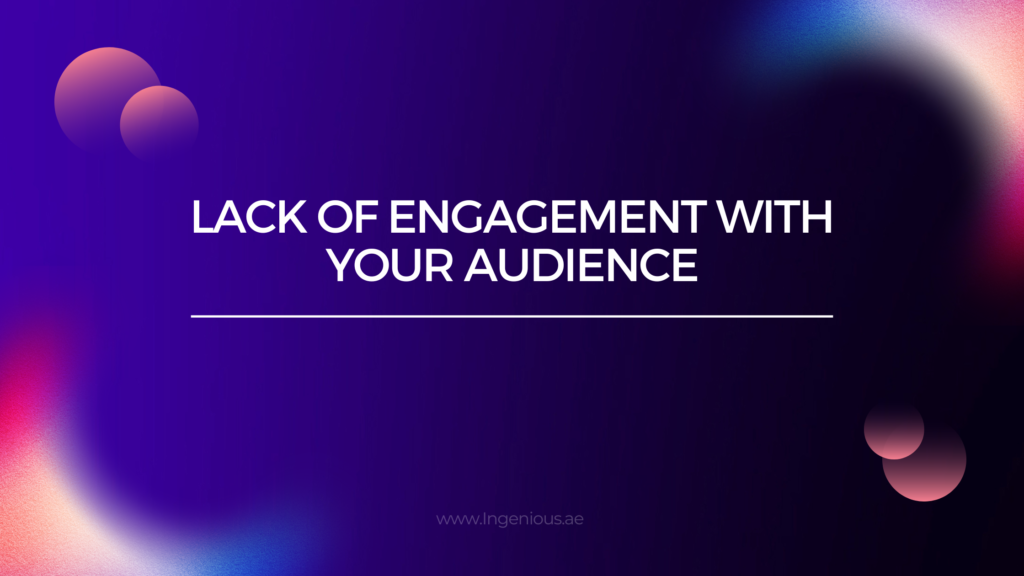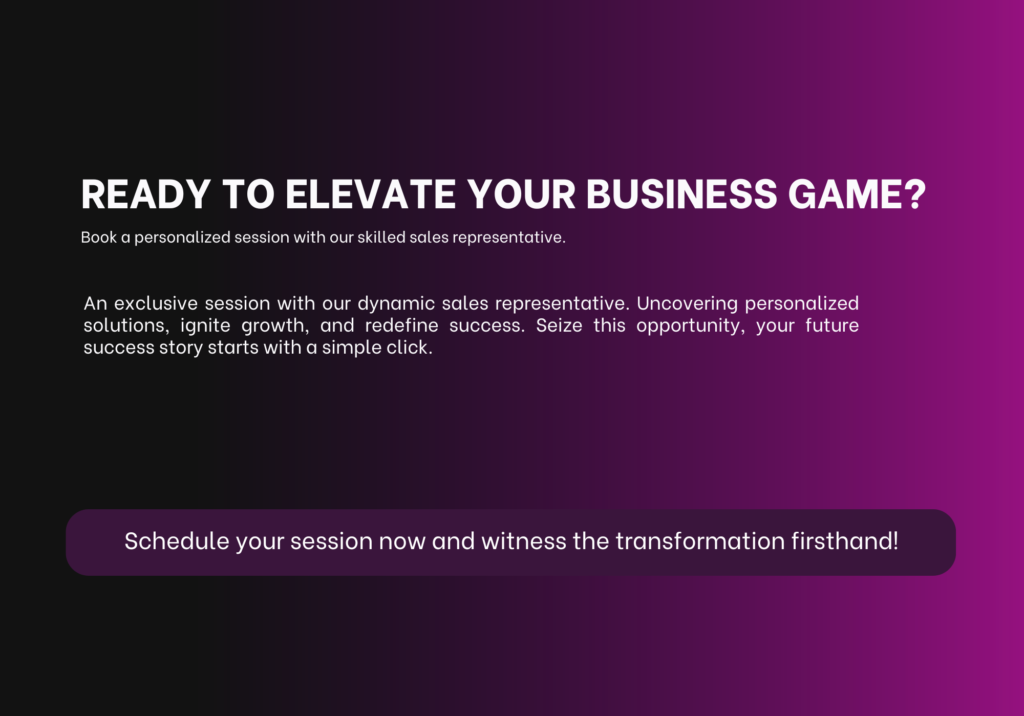
Creating content that resonates with your target audience is crucial for driving engagement, conversion, and brand loyalty. However, many businesses struggle with content that falls flat and fails to make a meaningful connection. If you’re finding that your content isn’t hitting the mark, there are several common issues that could be the root of the problem. Let’s dive into why your content might be missing the mark and how you can address these issues effectively. One of the most significant reasons your content might not be connecting is a lack of audience understanding. If you don’t have a clear picture of who your audience is, what they care about, and what challenges they face, your content will inevitably miss the mark. Conducting thorough market research is essential.
Solution:
- Conduct Market Research: Use surveys, interviews, and social listening tools to gather detailed insights about your audience’s demographics, interests, pain points, and preferences.
- Create Detailed Buyer Personas: Develop profiles of your ideal customers to tailor your content to meet their specific needs and desires, ensuring your messaging resonates on a deeper level.

Another common issue is an unclear value proposition. If your target audience doesn’t immediately see the value in your content or understand what makes it unique, they’re unlikely to engage.
Solution:
● Clarify Your Messaging: Clearly articulate the benefits and value your content provides. Focus on how your content solves your audience’s problems or improves their lives. ● Differentiate Your Content: Highlight unique insights, fresh perspectives, or exclusive information that only you can offer. This makes your content more appealing and valuable to your audience.
● Use Visuals to Reinforce Your Message: Incorporate visuals such as infographics, videos, and charts to make your message more engaging and easier to understand. Visual content is highly effective in communicating complex information compared to text alone.
● Offer Fresh Perspectives: Look at common industry topics from a new angle. Challenge conventional wisdom, explore emerging trends, or provide contrarian views that provoke thought and discussion. This can help you attract your target audience looking for innovative ideas.

Poor content quality is a significant barrier to engagement. If your content is poorly written, lacks depth, or is visually unappealing, it can quickly turn off your audience. Quality content should be well-researched, well-written, and visually engaging to capture and retain your audience’s attention.
Solution:
● Invest in Quality: Hire skilled writers, designers, and video producers to ensure your content is well-researched, well-written, and visually engaging.
● Edit and Proofread: Always edit and proofread your content to avoid errors and ensure clarity and professionalism. High-quality content attracts and retains your audience’s attention.
● Well-Written: Ensure your content is free from grammatical errors and easy to read. Clear, concise, and compelling writing keeps readers interested and coming back for more.
● Depth and Substance: Provide in-depth information and valuable insights that address your audience’s needs and questions. Surface-level content can seem insubstantial and fail to provide real value.
● Visual Appeal: Use high-quality images, infographics, and videos to complement your text. Visually appealing content is more engaging and can help illustrate your points more effectively.
Investing in quality content not only attracts but also retains your target audience, fostering trust and credibility in your brand.

If you’re not posting content regularly, your audience may lose interest or forget about you altogether. Additionally, using tools to schedule posts in advance can help you manage your content pipeline efficiently, ensuring that you never miss a beat.
Solution:
● Create a Content Calendar: Plan your content in advance and maintain a consistent posting schedule to keep your audience engaged and anticipating your next piece of content.
● Automate Where Possible: Use tools to schedule posts in advance and manage your content pipeline efficiently. Content Management Systems (CMS) Use a CMS like WordPress or HubSpot to organize, schedule, and publish your content. These systems often come with built-in scheduling features and analytics tools.
● Organize Diverse Content: Use your content calendar to organize different types of content, such as blog posts, videos, infographics, and social media updates. Diversifying your content keeps your target audience engaged and caters to various preferences.
● Automate Email Marketing: Implement email marketing automation with tools like Mailchimp or Constant Contact. These tools allow you to set up automated email sequences for new subscribers, nurturing them with valuable content over time without manual intervention. Automated emails ensure regular communication with your audience, keeping them engaged and informed.
● Improved Brand Visibility: Consistent posting increases your brand’s visibility and reach. Regular updates keep your brand top-of-mind for your audience and improve your chances of being discovered by new followers.

Ignoring SEO best practices can make it difficult for your audience to find your content in the first place. Search Engine Optimization is essential for ensuring that your content is discoverable through search engines like Google. Without proper SEO, even the best content can remain unseen by your target audience. Here’s how to ensure your content adheres to SEO best practices and reaches the widest possible target audience.
● Header Tags: Utilize header tags (H1, H2, H3) to structure your content effectively, helping search engines better understand and interpret its organization and significance. Incorporate your primary keywords into these headers to signal the relevance of your content.
● Alt Text for Images: Optimize images by using descriptive, keyword-rich alt text. This practice enables search engines to better interpret the content conveyed by your images, thereby potentially increasing your visibility in image search results.
● Internal Linking: Utilize internal linking to establish connections between relevant content within your website. This not only helps search engines crawl and index your site more effectively but also keeps users engaged by guiding them to additional relevant content.
● Content Length and Quality: Longer, in-depth content tends to rank better in search results. Ensure your content is comprehensive, well-researched, and provides real value to your audience. High-quality content attracts backlinks and encourages social sharing, both of which boost SEO.
Technical SEO
● Site Speed: Ensure your website loads quickly. Utilize tools such as Google PageSpeed Insights to detect and resolve factors that could delay your website’s loading time. Websites that load quickly enhance user experience and receive favorable treatment from search engines.
● Mobile Optimization: Optimize your website for mobile devices. With a significant portion of web traffic coming from mobile users, search engines prioritize mobile-friendly sites in their rankings.
● URL Structure: Opt for clear, descriptive URLs that incorporate pertinent keywords for better visibility. Avoid using complex URL structures with unnecessary parameters. Simple and descriptive URLs are easier for both users and search engines to understand.
● Securing Website (HTTPS): Ensure the security of your website by implementing HTTPS. Search engines give preference to secure websites, and users are more likely to trust and engage with secure sites.
Off-Page SEO
● Backlink Building: Acquire high-quality backlinks from reputable websites. Backlinks are a strong indicator of your content’s authority and relevance, significantly impacting your search engine rankings.
● Promote Social Media: Utilize social media platforms to share and promote your content effectively. While social signals don’t directly impact SEO, they increase your content’s visibility, which can lead to more backlinks and traffic.
● Guest Blogging: Offer valuable articles to established blogs within your industry as a guest contributor. This helps you build authority, reach new audiences, and earn valuable backlinks to your site.

Engagement is a two-way street. If you’re not engaging with your audience, you’re missing opportunities for connection and feedback. When you actively engage with your audience, you create opportunities for connection, feedback, and community building
Solution:
● Encourage Interaction: Ask questions, prompt discussions, and invite comments on your content.
● Respond Promptly: Engage with your audience by responding to comments, messages, and feedback promptly and thoughtfully, showing that you value their input. ● Invite Comments and Feedback: Explicitly invite your audience to leave comments, share their thoughts, or ask questions related to your content. Creating a welcoming environment for interaction encourages higher engagement rates and fosters community around your brand.
● Monitor Comments and Messages: Regularly monitor comments on your blog posts, social media channels, and other content platforms. Use social media management tools and notifications to stay updated on new interactions in real-time.
● Timely Responses: Respond promptly to comments, messages, and feedback to demonstrate responsiveness and show that you value your audience’s input. Prompt responses encourage ongoing engagement and build trust with your audience.
● Thoughtful Engagement: Provide thoughtful responses that add value to the conversation. Address questions comprehensively, acknowledge feedback, and express appreciation for comments. This not only enhances user experience but also encourages repeat visits and increased interaction.

Not utilizing data and analytics effectively can result in missed opportunities for improvement and growth in your content marketing efforts. Data-driven insights provide valuable information about your audience, content performance, and overall marketing strategy..
Solution:
● Use Analytics Tools: Utilize tools like Google Analytics, social media insights, and content management systems to track your content performance.
● Adjust Based on Data: Regularly review your analytics to understand what’s working and what’s not, and adjust your strategy accordingly.
● Integrating SEO with Analytics Insights: Integrating SEO with analytics means using data to find effective keywords for content, analyzing backlinks for quality, and tracking conversions to optimize user pathways and improve results. By leveraging these insights, you can refine your strategy for better SEO performance and business growth.
Creating a meaningful connection with your target audience through content requires both creativity and strategic thinking. By understanding your audience, providing clear value, maintaining high quality, being consistent, optimizing for SEO, engaging with your audience, and utilizing data, you can create content that truly resonates. Start implementing these strategies today, and watch your audience engagement soar. Feel free to comment below with your thoughts or share how you’ve improved your content strategy. Let’s connect and grow together!


